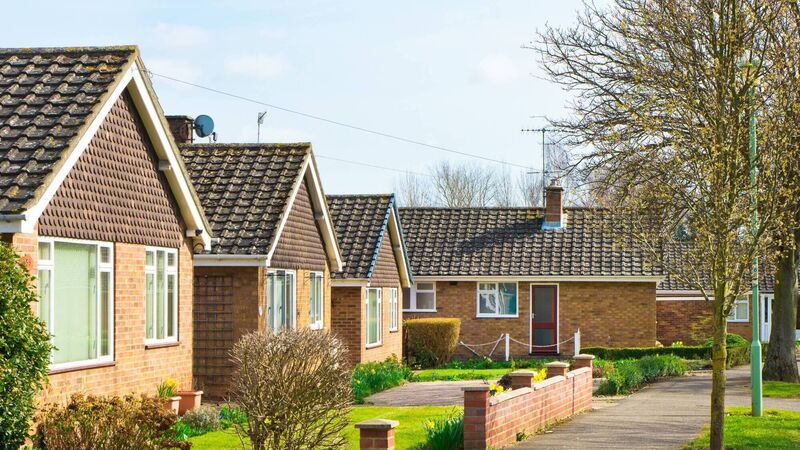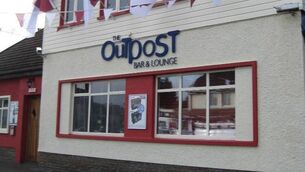Renovating an 1980s Irish bungalow? Expert advice on septic tanks, wells and renovation pitfalls

A 1980s-built bungalow will need some modernisation and spending: worth it if going to be a ‘forever’ home. Picture: iStock
Hi Brigid,
My husband and I are renting in Limerick city at the moment but looking to buy our own place and hopefully start a family. Because of the shortage and price of new and secondhand properties in the city we are looking at older properties near where my parents are living in Co Waterford. We have spotted one property which is a pretty basic, four-bedroom bungalow of 140sq m which was built in the early 1980s. It is in a rural — some would say isolated area — and has a septic tank and a private well. It’s on 0.8 of an acre so there is plenty of room for extending and for a garden. They are looking for €230K for it and my husband reckons it will take another €200/ €250K to redesign and modernise.
We don’t have skills in construction but would be willing to do as much of the basic work as we could. And we’d have to do it in stages. I work in project management so I think that would be useful. We have many questions, but I guess the main one is what are the main challenges people face in taking on this type of property or something like it? Are there many supports we could avail of? Is doing it in stages feasible? Does it make financial sense? Is taking on an older property in the country more difficult than taking on one in the city? Lots of questions I know but I feel we are approaching a crossroads and need to decide soon. Any advice would be great.
Thanks,
Roisin (and Enda)
Hi Roisin (and Enda),
Brigid Browne is a chartered building surveyor and chair of the Southern Region of the Society of Chartered Surveyors Ireland. She is the owner/ managing director of Cashel-based Fortress Planning which offers a range of services including assigned certifier, design certifier, building surveyor, and conservation consultancy to clients all over the country — www.fortressplanning.ie
If you have a property related query or issue you would like to raise with Brigid, please email
irishexaminerpropertyqueries@scsi.ie








